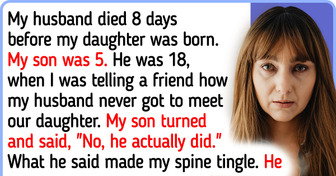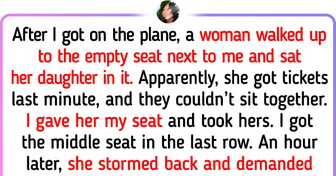Men And Women — We Are So Different

A human being can survive up to a couple of months without food, a few days without water, and sixty-nine days trapped underground. At least, that’s what thirty-three miners in Chile managed to do. The fifth of August, two thousand ten, started like a regular workday deep underground. The miners were going about their business, digging for copper, gold, and other minerals. Some of them were working almost two thousand five hundred feet below the surface. Another group was resting in the Refuge, a room carved out of the rock for miners to relax in and breathe some fresh air pumped in from the surface. They were waiting for a pickup truck to give them a ride up for lunch.
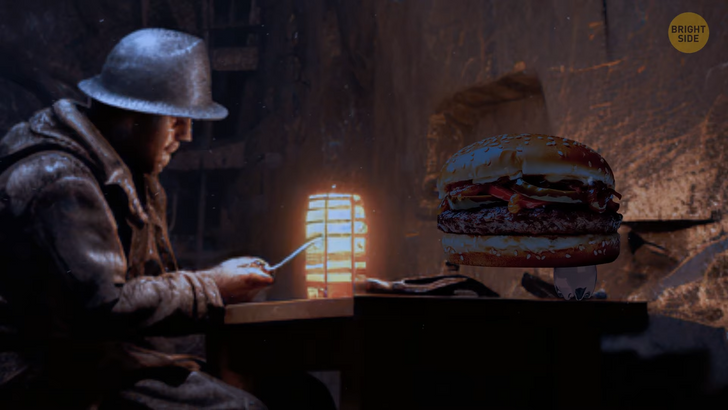
Around two PM, they felt some massive vibrations. A massive bang followed. Everything around started shaking, dust filled the air, and the passageway collapsed, trapping the men inside. When the noise faded, the miners decided to make a run-up to the surface from the Refuge. Their shift manager and others join forces, determined to rescue every single man.
Deep below, two miners were loading rocks into a truck when they felt a burst of pressure. They thought it was nothing extraordinary until the dust became so thick that they couldn’t see a thing. Driving blindly, they almost collided with their shift supervisor, who signaled them to stop. With the truck now packed with terrified men, they set on a treacherous journey toward the surface.
The truck struggled under the weight of its passengers, but it pressed on. They met up with more workers, cramming onto the truck like sardines. Obstacle by obstacle, they moved to the surface until they bumped into a huge rock weighing around seven hundred thousand tons and as tall as a forty-five-story building.
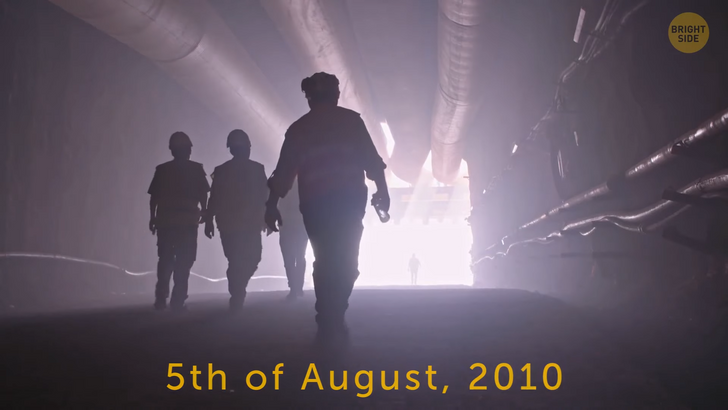
They sent the smallest of the miners to see if there was any hope of squeezing through next to the rock. He only managed to crawl ten feet forward with a lamp in his hand and told everyone else there was no chance to get any further. Some of the older miners got trapped at work before, but it would usually be some rocks that a bulldozer could clear in a couple of hours. This time it was different.
The miners didn’t plan to give up, so they split, and one group searched for shafts that let air, water, and electricity flow into the mine. Those are supposed to have ladders to serve as an escape room. They managed to find one chimney with a ladder. One of the miners climbed up, breathing in dust and holding on to slippery walls. The chimney led him to the same rocky wall they’d seen before. It meant only one thing: there really was no way out.
They had to deliver the sad news to the rest of the miners who went back to the Refuge. It had enough snacks to feed thirty-three people for several days. Someone grabbed the snacks, still not realizing they could be stuck down there for days or weeks. Cans of peaches, peas, and tuna, six gallons of condensed milk, and ninety-three packages of cookies were all they had. The one thing they wouldn’t have to worry about was water. There was more than enough of it in nearby tanks, which were keeping the engines cool. All the connections to the outside world — the electricity, the intercom system, the flow of water, and compressed air—have been cut.
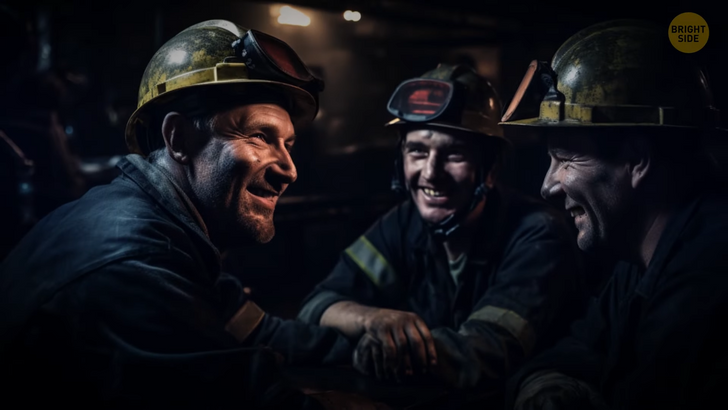
Men working above the ground on that fateful day also heard the blasts and saw the dust cloud in front of the main entrance. While the miners were settling in for the first night in the Refuge, the local emergency squad was trying to do everything in their power to save everyone. One team went down in a pickup truck until they bumped into the gray rock mass at around one thousand five hundred feet. Another team tried descending on ropes and pulleys into the chimneys, but they found obstructions at each level. The supervisor of the team took off his distinctive white helmet to show all the workers were equal now. As the miners remembered later, it was one inspiring gesture for them.
On the seventh of August, there was another collapse that blocked the ventilation shafts. On the next day, the rescuers started drilling holes and sent down listening probes to see if there were any signs of life down there, with no results. The maps of the mine were outdated, which made the search more complicated.
Deep below the surface, the miners tried to keep their spirits up, talking, joking, and telling stories. Their phones didn’t have a signal, but they could still use them as cameras to record videos about their survival underground. Their metabolisms were slowing down, and even the most active among them were sleeping longer than usual and having scary nightmares. There was a haze drifting over their thoughts. They spent 17 days without any contact with the outside world, eating only once every other day. Some of the miners started having health problems.
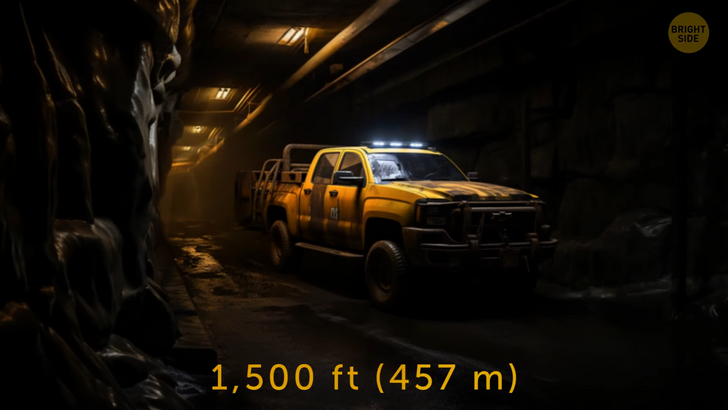
On the twenty-second of August, one of around thirty probes sent into the mine detected tapping. It came back with a note saying: “All thirty-three of us are all right in the shelter.” Soon, rescuers managed to deliver food, water, letters, first aid, and other necessary supplies through the narrow borehole. They also sent down high-tech video cameras that beamed back live footage of the men in their steamy, sauna-like surroundings. The miners invented a system of jobs and routines to survive in those conditions and remain sane.
Above ground, an international team of engineering and mining geniuses, put their heads together to crack the code of how to bring those brave souls back up to the surface. They came up with a plan to drill an escape tunnel and lower a capsule inside the mine, large enough to fit one person at a time. Then, a crane would pull the capsule back to the surface.
They brought three separate drilling rigs to the site and began work on the thirtieth of August, twenty-five days after the accident. The trapped workers were helping their rescue from below. They formed three teams and worked eight-hour shifts, demolishing debris caused by the drilling to reinforce the mine’s walls. The original plan was to set them free by December, but plan B drill finished working on a tunnel by the ninth of October. It took two more days to line up the tunnel with metal tubing. Finally, a rescue worker went down into the mine inside the capsule.
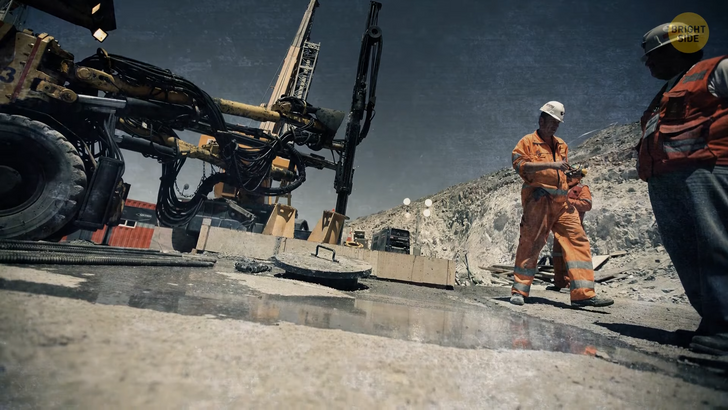
The families and friends of the miners were waiting above the ground in a makeshift “Camp Hope.” The first worker got out of the mine after a fifteen-minute journey through two thousand fifty feet of rock inside the capsule. He was greeted as a hero. One by one, they all escaped from the Refuge. Millions of people around the globe followed the rescue on live TV. It took less than a day instead of the planned forty-eight hours. All thirty-three of the miners, aged nineteen to sixty-three, had been rescued and were mostly in good health. They all had to wear dark glasses to help their eyes to the Sun after being in a space with so little light for so long.
One of the last miners to have climbed back up on the surface was Franklin Lobos, a former professional soccer player. While he was down there, teams around the world signed jerseys for him. Franklin got that welcome gift and a soccer ball. He said it had been the toughest match of his entire life. The incredible thirty-three were showered with love and praise. They were guaranteed six months of top-notch health care. They traveled to international destinations to talk as motivational speakers, appear in public and explore famous landmarks.
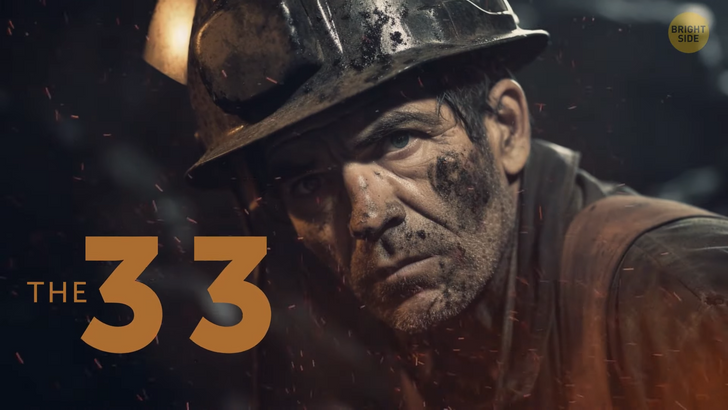
There was even a parade at Florida’s Walt Disney World in the miners’ honor. A movie named “thirty-three,” based on their story, came out in twenty fifteen, featuring Antonio Banderas. He played the role of the miner who filmed daily video logs to assure the public that they were all right. This story, which many find to be a real miracle, went down in history and in the Guinness Book of World Records as the longest time survived trapped underground.




